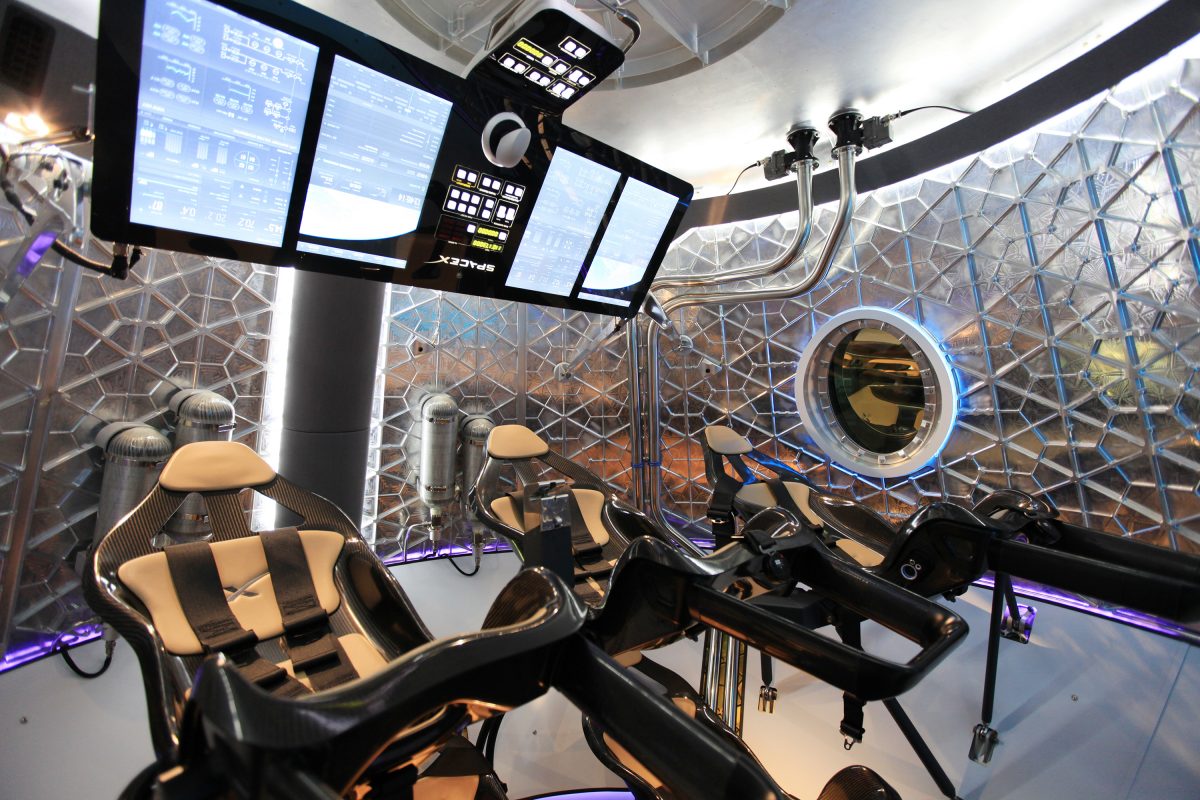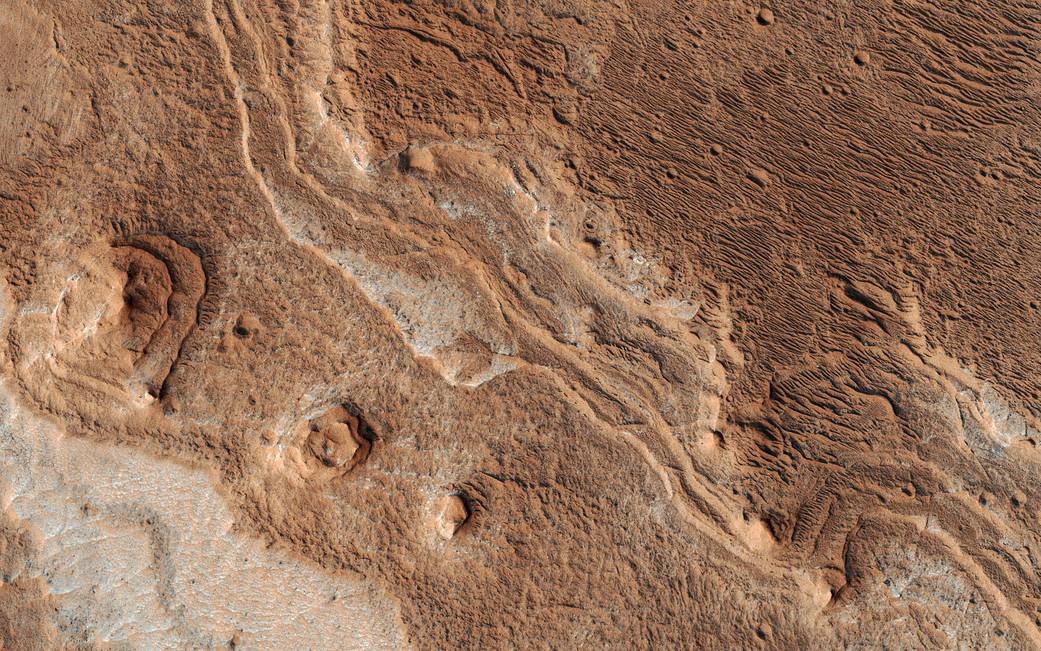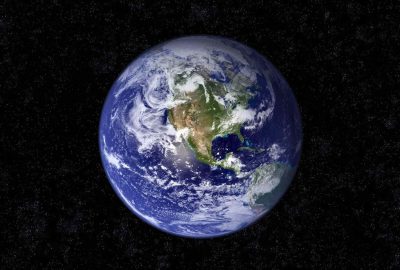It’s the ultimate question and one we’ve been asking since NASA retired the celebrated Space Shuttle program in 2011 with the final launch of the Atlantis. Since then, the federal space agency has created commercial crew contracts that will allow private companies like Boeing and SpaceX to taxi NASA astronauts to the International Space Station on their own spacecraft. After an insight review of the Commercial Crew Program that allows private companies to fly human missions to low-Earth orbit, NASA believes it may be able to return crewed flights to Florida by the end of 2018.
“The goal of the Commercial Crew Program is safe, reliable and cost-effective transportation to and from the International Space Station from the United States through a public-private approach,” said the agency in a press release. “NASA, Boeing and SpaceX have significant testing underway, which will ultimately lead to test missions when the systems are ready and meet safety requirements.”
Today, NASA published an update on where those two firms stand in their development and when we’ll see those first crewed flights from Cape Canaveral. Since the end of Shuttle, NASA has been paying the Russians almost $80 million a seat for a ride on the Soyuz spacecraft. “After completion of each company’s uncrewed and crewed flight tests, NASA will review the flight data to verify the systems meet the requirements for certification,” said the agency. “Upon NASA certification, the companies are each slated to fly six crew missions to the International Space Station beginning in 2019 and continuing through 2024.”
Boeing is manufacturing the CST-100 Starliner crew capsule at the Commercial Crew and Cargo Processing Facility at NASA’s Kennedy Space Center in Florida––previously used to process the space shuttle. The vehicle can launch up to 7 crew members and can remain in orbit for around 7 months. United Launch Alliance (a company formed by Boeing and Lockheed Martin) will facilitate the first launches of the Starliner by lofting it to space atop their workhorse Atlas V 422 rocket. The first crewed Starliner missions will be launched from Space Launch Complex 41 at Cape Canaveral.
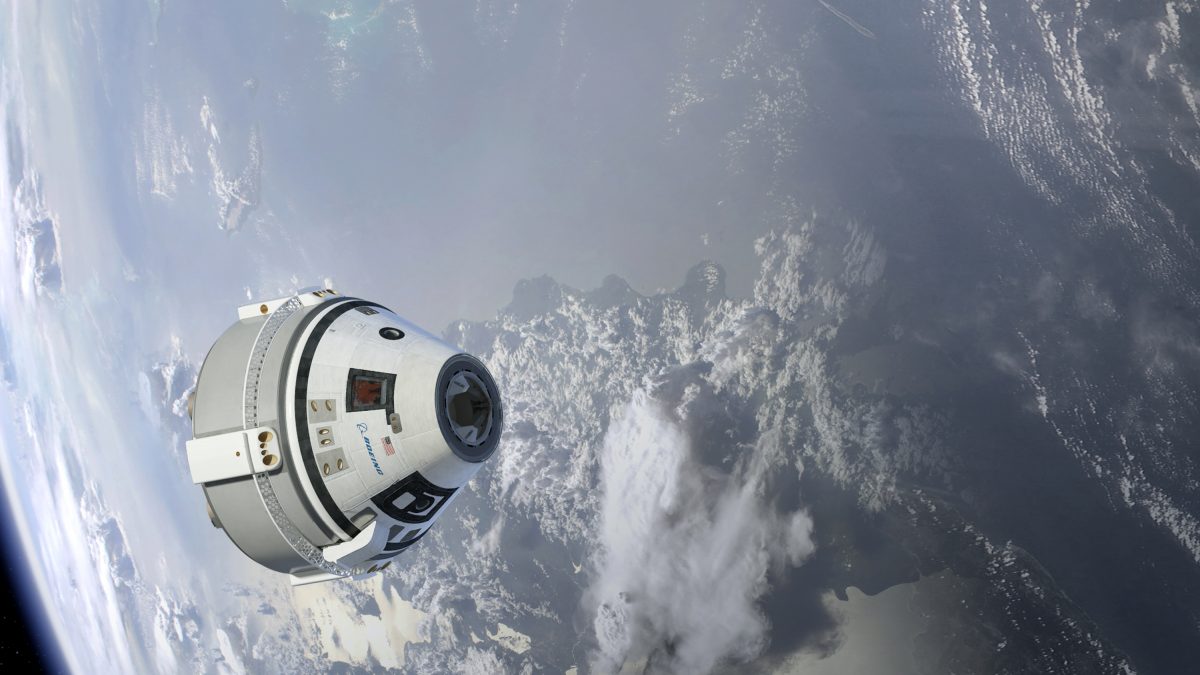
Boeing Commercial Crew Milestones for 2018:
-Verify the integrity of the Starliner spacesuits by immersing them in water, testing environmental controls, and even utilizing virtual reality for egress demos. Stephen Colbert was allowed to try one on earler this year.
-Perform an emergency abort test at the White Sands Missile Range in New Mexico where they must demonstrate that the spacecraft can eject the crew safely away from the Atlas V rocket in case of an anomaly. “During the test, four launch abort engines and 20 orbital maneuvering engines will fire to simulate an abort from the Atlas V rocket on the launch pad. Together, the engines produce about 188,000 pounds of thrust for about six seconds to push the spacecraft to one mile in altitude to clear the launch vehicle in an emergency,” according to NASA. “At the proper time in the abort sequence, the service module will separate from the crew module so that it can parachute down to a safe landing.”
-Launch an uncrewed Starliner atop the ULA Atlas V to the International Space Station during an orbital flight test. The crew of the orbiting laboratory will keep the vehicle there for two weeks to perform tests and gather performance data.
-Launch a crewed flight test with two NASA astronauts atop the Atlas V––the final step of NASA certification for regular ferrying to the International Space Station.
SpaceX Commercial Crew Milestones for 2018:
-Complete the Crew Dragon or Dragon V2 in the first half of 2018. The company is currently assembling 6 of the vehicles.
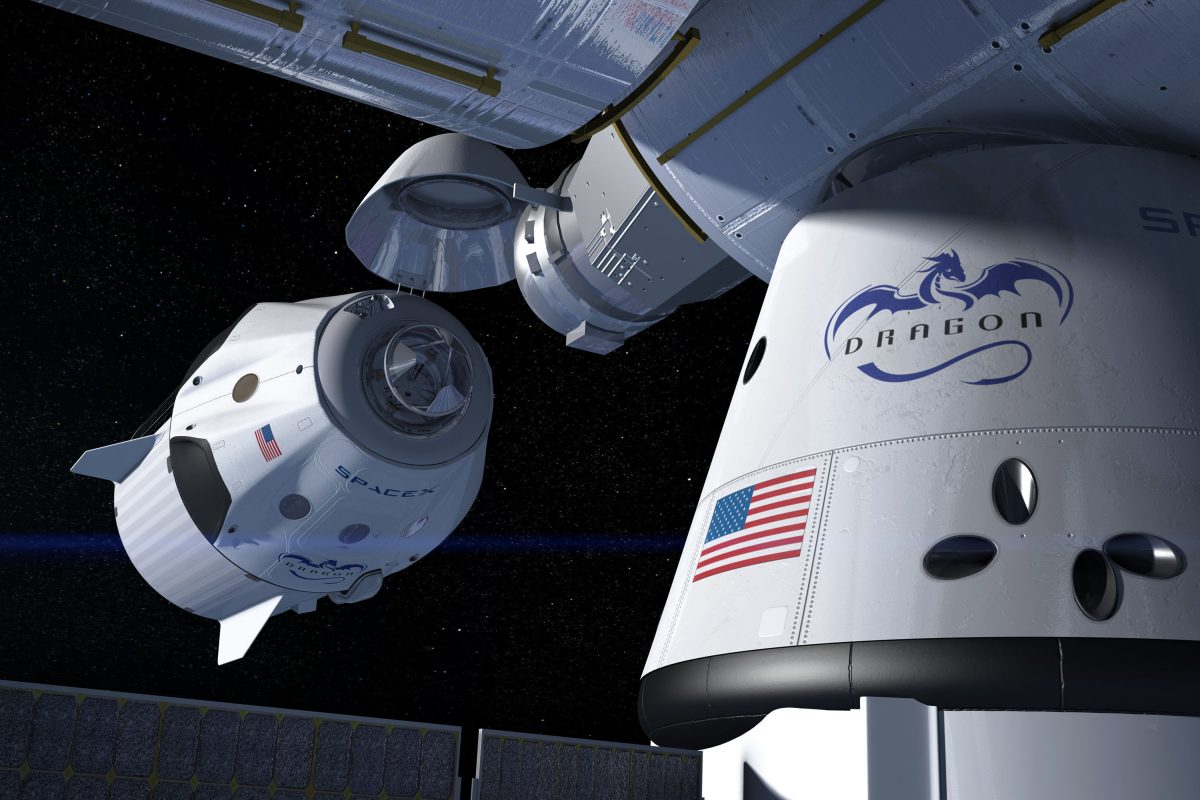
-“SpaceX will continue ongoing qualification and validation testing on its advanced spacesuits next year, including NASA’s four CCP flight test astronauts for a variety of the assessments, including suit-fit, reach and visibility assessments, and pressure tests,” says NASA.”The company is in the process of manufacturing custom suits for each of the four astronauts, which will ensure a proper fit and comfortable ride to and from the International Space Station in the Crew Dragon spacecraft.”
-Fly its new Block 5 Falcon 9 rocket. This final incarnation of the Falcon 9 is built for reusability and requires very little refurbishment between missions. It packs a greater thrust and shiny new Titanium fins to improve aerodynamics and control. The new fins are a huge upgrade from the Aluminum ones and won’t catch on fire during the intense re-entry through Earth’s atmosphere. The Block 5 will be used to launch the Crew Dragon toward the space station. “2018 will see continued, rigorous qualification testing of SpaceX’s Block 5 M1D and MVacD engines at the company’s engine development and testing facility in McGregor, Texas. These advanced engines are manufactured by SpaceX at their headquarters in Hawthorne, California, and will power Falcon 9’s first and second stages respectively as they lift the Crew Dragon spacecraft into orbit to rendezvous with the International Space Station,” says NASA. “SpaceX also will complete major integrated system testing of its Draco and 3-D-printed SuperDraco thrusters on the company’s SuperModule test stand in 2018.”
-Launch an uncrewed demonstration flight to the International Space Station in the second quarter of 2018. Liftoff will occur from Pad 39A at Kennedy Space Center where the company’s triple-booster Falcon Heavy rocket will be launching from in just a couple of weeks. During this demo, SpaceX will test the Dragons automated docking and rendezvous features––
-Perform another in-flight abort test. The Crew Dragon will fire its relatively small onboard SuperDraco engines and is expected to jolt the Dragon away safely from the rocket. “SpaceX will demonstrate its capability to swiftly carry astronauts to safety in the unlikely event of an in-flight anomaly. The test will be conducted from Launch Complex 39A at the Kennedy Space Center,” said NASA.
-Before the end of the year, SpaceX wants to launch its first crewed mission on another demonstration flight. Carrying two NASA astronauts, SpaceX will fly the Crew Dragon to the International Space Station after launching them from Pad 39A.
Image Credits: SpaceX

